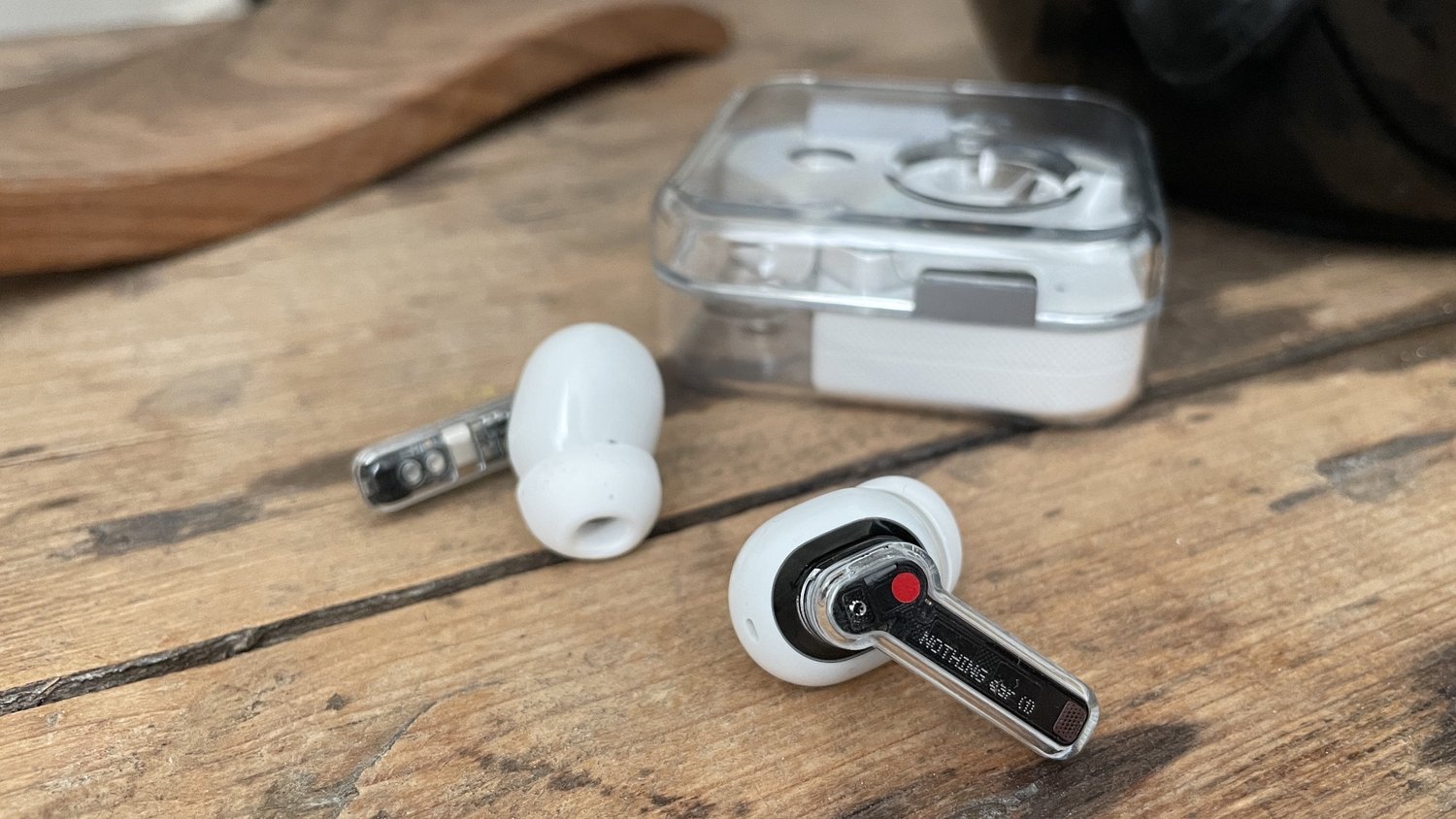In the ever-evolving landscape of audio technology, one brand has captured the attention of enthusiasts and casual users alike – Nothing. With their much-anticipated release, the Nothing Ear 1, the company is set to redefine the audio experience. In this blog post, we will delve into the features, design, and performance of the Nothing Ear 1, exploring how it stands out in a crowded market.
Unveiling the Nothing Ear 1: A Game-Changer in Audio

1. Design and Aesthetics
This is a testament to the brand’s commitment to innovative design. Crafted with precision, the earbuds boast a transparent shell, providing a glimpse into the cutting-edge technology within. The sleek and minimalist design adds a touch of sophistication, setting them apart from conventional earbuds. The inclusion of customizable silicone tips ensures a comfortable and secure fit, catering to diverse user preferences.
2. Cutting-Edge Technology
Nothing has left no stone unturned in integrating state-of-the-art technology into the Ear 1. Featuring Active Noise Cancellation (ANC), the earbuds provide an immersive listening experience by blocking out ambient noise. The powerful drivers deliver rich bass and crisp highs, catering to audiophiles and casual listeners alike. Touch controls on the earbuds allow users to effortlessly manage playback, answer calls, and activate voice assistants.
3. Seamless Connectivity with Nothing Ear 1
It ensures seamless connectivity with the latest Bluetooth technology, eliminating audio lag and providing a stable connection. Whether you’re commuting, working out, or simply relaxing, the earbuds stay connected to your device, delivering a hassle-free audio experience. The inclusion of a compact charging case with USB-C charging further enhances the Ear 1’s convenience, ensuring users stay powered throughout the day.
4. Battery Life and Performance
One of the standout features is its impressive battery life. With extended playtime on a single charge and quick charging capabilities, users can enjoy uninterrupted music and calls. The Ear 1’s performance is not limited to music playback – it excels in voice clarity during calls, making it a versatile choice for daily use.
5. Transparency in Design
The transparent design of the Ear 1 is not merely aesthetic; it reflects Nothing’s commitment to transparency as a brand. Nothing aims to be open about its technology, allowing users to see the components at work. This transparency extends beyond the physical design, with Nothing promising regular software updates to enhance performance and introduce new features. Users can expect an evolving and improving audio experience, making a future-proof investment.
6. Nothing Ear 1: User-Friendly App Integrate
To further elevate the user experience, Nothing provides a user-friendly mobile app that complements the Ear 1. The app allows users to customize the touch controls, adjust equalizer settings, and receive firmware updates seamlessly. This level of control empowers users to tailor their audio experience to suit their preferences, whether they prefer a bass-heavy sound profile or a more balanced output. The app also serves as a hub for user guides and troubleshooting, ensuring that even those new to wireless audio can make the most out of their Ear 1.
Conclusion
In conclusion, the Ear 1 emerges as a game-changer in the audio industry. From its futuristic design to cutting-edge technology and seamless connectivity, these earbuds redefine the standards for wireless audio devices. As Nothing continues to push boundaries, the Ear 1 stands as a testament to their commitment to innovation. Embrace a new era of audio with the Nothing Ear 1 – where style meets substance, and performance knows no bounds.
If you found this exploration of the Nothing Ear 1 intriguing or have personal experiences to share, we invite you to leave your comments below.
Also Checkout – TWS Earphones under 50